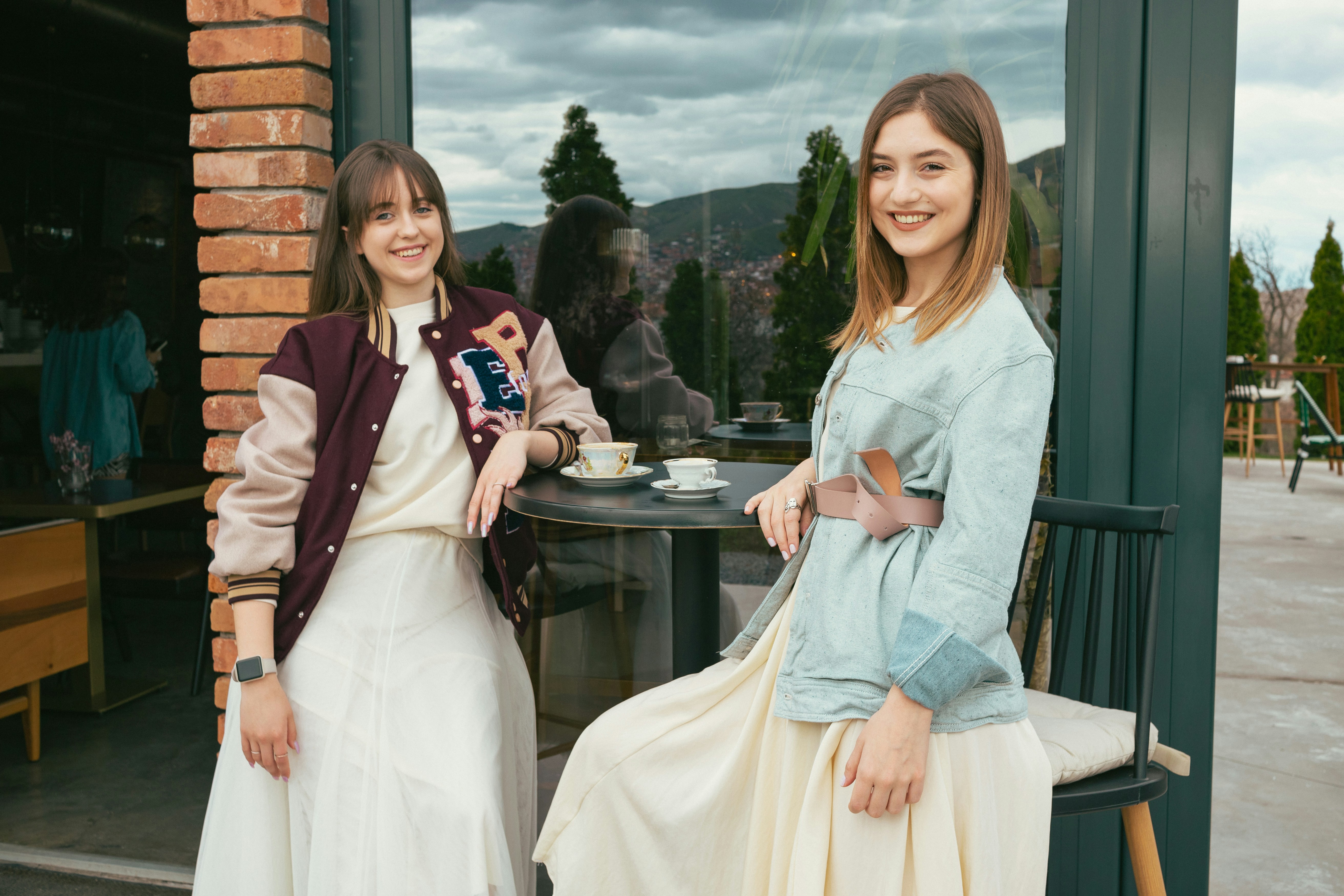Recycled Fashion: Sartorial Sustainability for the Eco-Conscious Shopper
Here's a fashion conundrum: how do we stay stylish without contributing to the destruction of our planet? The power of sartorial sustainability may lie in the rise of recycled fashion, a trend gaining momentum among eco-conscious consumers and fashion houses alike.

Unraveling the History of Recycled Fashion
Recycled fashion, also known as upcycled or re-purposed fashion, is the process of transforming waste materials into new, desirable clothing items. The concept isn’t entirely modern; during World War II, fabric shortages led households to repurpose old garments into new ones. However, the recent upsurge in environmental consciousness has rekindled interest in this age-old practice.
Current Trends: The Resurgence of Recycled Fashion
Today, the fashion industry is grappling with the environmental repercussions of fast fashion. This has fueled the resurgence of recycled fashion, which marries style with ecological responsibility. High-street brands like H&M have launched lines made entirely from recycled fabrics, while luxury brands like Stella McCartney are leading the charge in sustainable haute couture.
The Appeal and Evolution of Recycled Fashion
Recycled fashion ticks the boxes for style, uniqueness, and environmental responsibility. Consumers, especially millennials and Gen Z, are increasingly drawn to this. They are seeking out brands that align with their values, forcing the fashion industry to rethink its traditional business models.
Impact on Consumer Behavior
This shift has sparked a new consumer behavior trend: intentional shopping. Customers are now more likely to research a brand’s ethical practices before making a purchase. They’re eschewing the disposable nature of fast fashion in favor of investing in ethical, high-quality pieces that stand the test of time.
Rocking Recycled Fashion: Styling Tips
- Mix and Match: Pair recycled pieces with traditional items to create a balanced look.
- Quality over Quantity: Invest in a few high-quality recycled pieces, rather than many cheaper items.
- Statement Pieces: Recycled fashion often features unique designs. Use these as your outfit’s statement piece.
Conclusion
As the fashion industry evolves, recycled fashion is emerging as a stylish solution to the sector’s environmental challenges. It’s more than a trend—it’s a shift in mindset, a conscious decision to prioritize the health of our planet while remaining fashionable. So, the next time you’re shopping, remember: style and sustainability can coexist. The key lies in being an intentional shopper and embracing recycled fashion.




